




If you have a worktop in your kitchen or bathroom, you may have noticed white marks or stains appearing on its surface over time. These marks can be frustrating and can make your worktop look dirty and worn out. Fortunately, there are several effective methods to remove these white marks and restore the beauty of your worktops.
One of the most common causes of white marks on worktops is heat damage. Placing hot pans or dishes directly onto the surface can leave behind white rings or scorch marks. To remove these marks, you can try using a mixture of baking soda and water. Apply the paste to the affected area and gently rub it in with a soft cloth. Let the paste sit for a few minutes, then wipe it off with a clean, damp cloth. This method can help to lift the white marks and restore the original color of the worktop.
Another common cause of white marks on worktops is water damage. If water is left to sit on the surface for too long, it can penetrate the protective layer of the worktop and cause white stains to appear. To remove these marks, you can try using a mixture of vinegar and water. Apply the mixture to the affected area and let it sit for a few minutes. Then, scrub the area gently with a sponge to lift the white marks. Rinse the surface with clean water and dry it thoroughly to prevent further damage.
Expert Tip: To prevent white marks on your worktops in the future, always use coasters or heat-resistant mats when placing hot pans or dishes onto the surface. Wipe up any spills or water droplets immediately to avoid water damage.
In some cases, the white marks on your worktops may be stubborn and difficult to remove. If this is the case, you may need to use a stronger cleaning solution, such as a commercial worktop cleaner or a mild abrasive cleaner. However, be sure to follow the manufacturer’s instructions carefully and test the cleaner on a small, inconspicuous area of the worktop first to avoid any damage.
By following these expert tips and using the appropriate cleaning methods, you can effectively remove white marks on your worktops and keep them looking clean and pristine for years to come.
Removing White Marks with Baking Soda
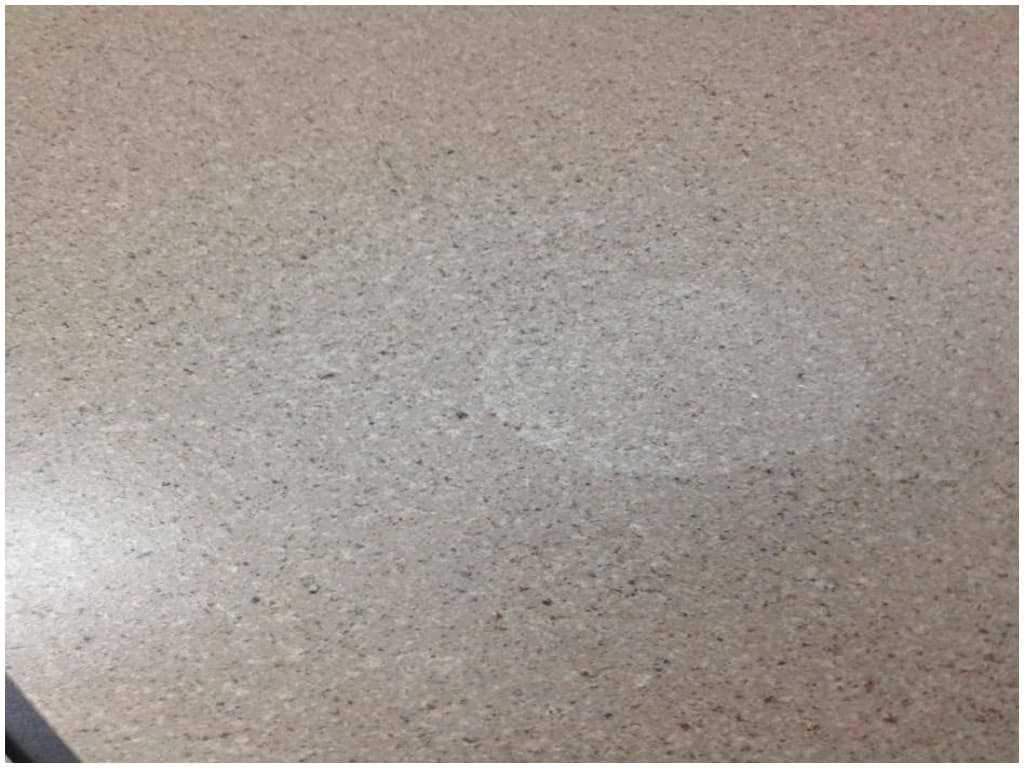
Baking soda is a versatile cleaning agent that can be used to remove white marks from worktops. It is a gentle abrasive that helps to lift stains without damaging the surface of the worktop.
To remove white marks with baking soda, follow these steps:
- Make a paste by combining baking soda and water. Start with a small amount of baking soda and gradually add water until you achieve a thick, spreadable consistency.
- Apply the paste to the white marks on the worktop using a clean, damp cloth. Gently rub the paste into the marks using circular motions.
- Let the baking soda paste sit on the marks for a few minutes to allow it to work its magic.
- Using a clean, damp cloth, wipe away the baking soda paste. You may need to apply some pressure to remove stubborn marks.
- Once the marks have been removed, rinse the worktop with clean water and dry it thoroughly with a soft cloth.
Baking soda is a natural and non-toxic cleaning agent, making it a safe option for removing white marks from worktops. However, it is always a good idea to test the baking soda paste on a small, inconspicuous area of the worktop first to ensure that it does not cause any damage or discoloration.
Remember to always follow the manufacturer’s guidelines for cleaning and maintaining your worktop to prevent further damage and keep it looking its best.
Using Vinegar to Eliminate White Stains
Vinegar is a common household product that can be used to effectively remove white stains from worktops. Its acidic properties make it a powerful cleaning agent that can break down the minerals that cause these stains.
Materials Needed:
- White vinegar
- Water
- Clean cloth or sponge
Instructions:
- Mix equal parts white vinegar and water in a bowl or spray bottle.
- Dampen a clean cloth or sponge with the vinegar solution.
- Gently rub the stained area with the cloth or sponge, applying slight pressure.
- Continue rubbing until the white stain starts to fade.
- Rinse the worktop with water to remove any vinegar residue.
- Dry the worktop with a clean cloth.
Precautions:
While vinegar is generally safe to use on worktops, it is important to test it on a small, inconspicuous area first to ensure it does not cause any damage or discoloration. Avoid using vinegar on natural stone worktops, as the acidity can harm the surface.
Additional Tips:
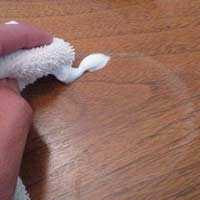
- If the white stain persists, you can try a stronger vinegar concentration or let the vinegar solution sit on the stain for a longer period of time.
- For stubborn stains, you can create a paste by mixing vinegar and baking soda. Apply the paste to the stain, let it sit for a few minutes, and then scrub with a cloth or sponge.
- Regularly cleaning and maintaining your worktops can help prevent white stains from appearing in the first place.
Using vinegar is an effective and affordable method to remove white stains from worktops. Give it a try and enjoy a clean and stain-free kitchen surface!
Lemon Juice: A Natural Solution to Get Rid of White Marks
If you have white marks on your worktops and are looking for an effective and natural solution, look no further than lemon juice. Lemon juice is a powerful ingredient that can help remove those pesky white marks and restore the beauty of your worktops.
Why Lemon Juice Works
Lemon juice contains citric acid, which is a natural acid that can help break down and dissolve substances like mineral deposits and stains. The acid in lemon juice acts as a mild abrasive, gently scrubbing away the white marks without damaging the surface of your worktops.
How to Use Lemon Juice
Using lemon juice to remove white marks is easy. Follow these simple steps:
- Squeeze fresh lemon juice into a small bowl.
- Dip a clean cloth or sponge into the lemon juice.
- Gently rub the cloth or sponge onto the white marks, applying light pressure.
- Continue rubbing until the marks start to fade.
- Rinse the area with clean water.
- Dry the surface with a soft towel.
Additional Tips

Here are some additional tips to keep in mind when using lemon juice to remove white marks:
- Test a small, inconspicuous area of your worktops before applying lemon juice to the white marks to ensure it doesn’t cause any damage.
- For stubborn marks, you can let the lemon juice sit on the surface for a few minutes before wiping it off.
- If the white marks are particularly stubborn, you can mix lemon juice with baking soda to form a paste. Apply the paste to the marks and let it sit for a few minutes before scrubbing it off.
- Regularly clean and maintain your worktops to prevent the formation of white marks.
By using lemon juice, you can effectively remove white marks from your worktops in a natural and eco-friendly way. Give it a try and enjoy clean and beautiful worktops once again!
Buffing the Worktop to Restore its Shine

If your worktop has lost its shine and is looking dull, buffing can help restore its natural luster. Buffing involves polishing the surface of the worktop using a combination of abrasives and polishing compounds. Here are some effective methods for buffing your worktop:
1. Start with a Clean Surface
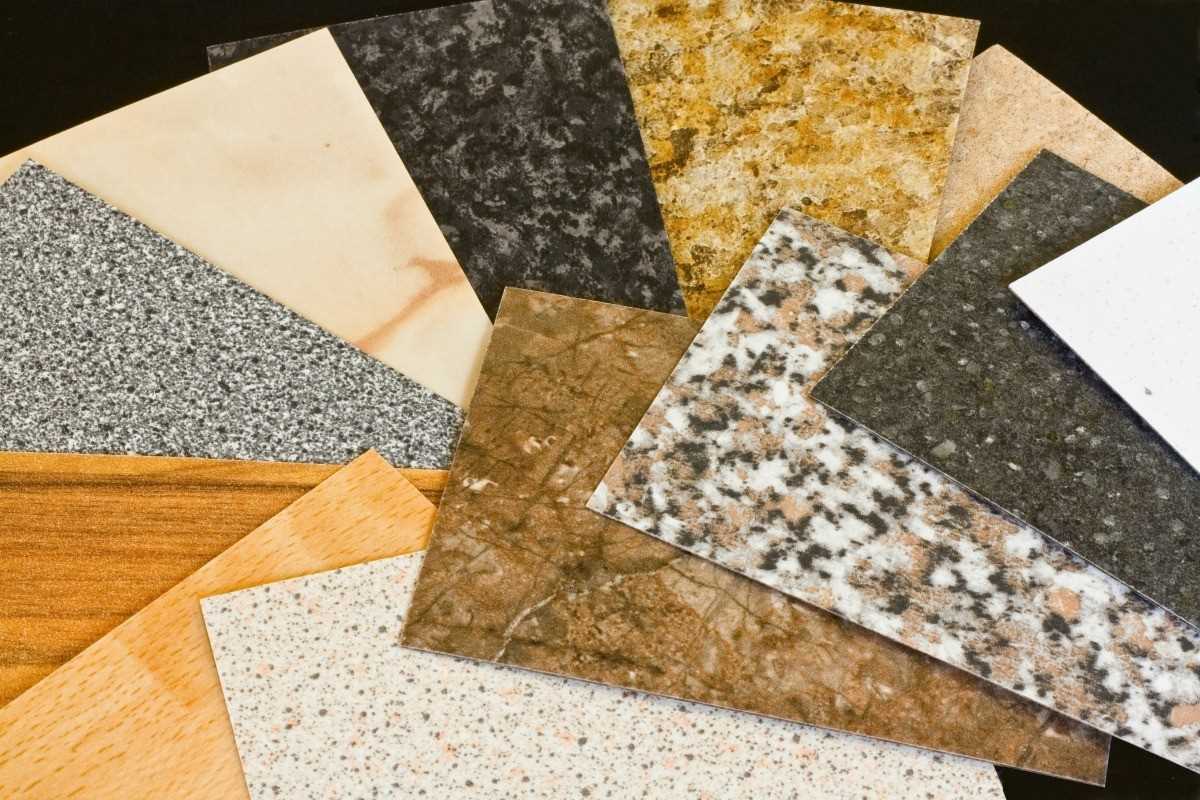
Before you begin buffing, make sure to clean the worktop surface thoroughly with a mild soap or detergent and warm water. This will remove any dirt, oil, or grime that may be present and ensure a smooth buffing process.
2. Choose the Right Buffing Method
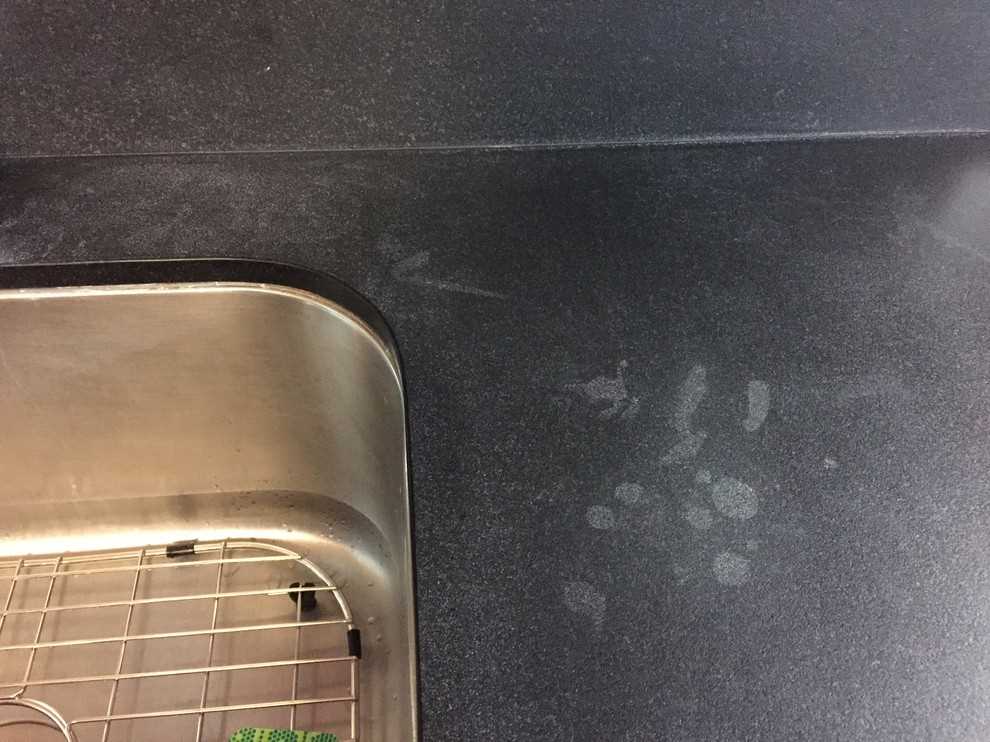
There are several methods you can use to buff your worktop, including hand buffing, machine buffing, or using an electric buffer. The method you choose will depend on the size of the worktop, the level of damage, and your personal preference. Hand buffing is usually recommended for smaller areas or light scratches, while machine buffing or using an electric buffer is more suitable for larger surfaces or deep scratches.
3. Use Buffing Pads or Polishing Compounds
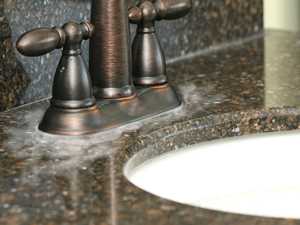
When buffing your worktop, you can either use buffing pads or polishing compounds. Buffing pads are made of different materials, such as wool or foam, and are designed to remove scratches and restore shine. Polishing compounds, on the other hand, are abrasive substances that help remove stains and bring back the glossy finish. You can apply the polishing compound directly onto the worktop surface or use it with a buffing pad.
4. Apply the Buffing Technique
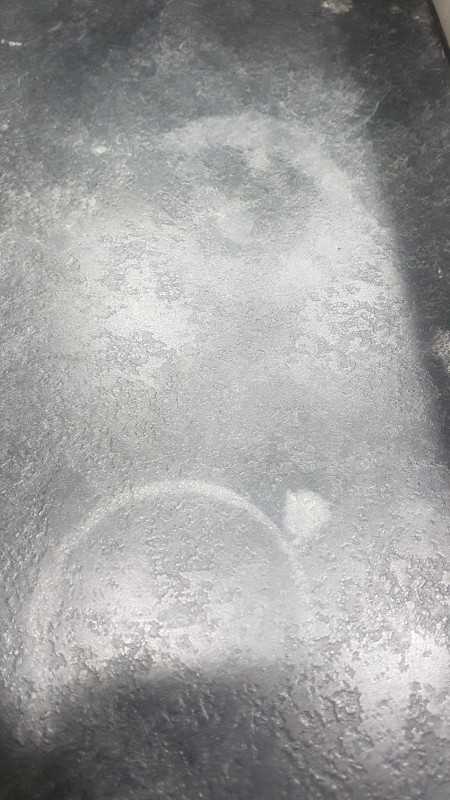
When buffing, it’s important to apply the right technique to avoid causing more damage to the worktop. Start by applying a small amount of the polishing compound or buffing pad onto the worktop surface. Then, use gentle circular motions or back-and-forth motions to buff the surface evenly. Apply light pressure and keep the buffing pad or polishing compound moving at all times. Repeat the process until the desired shine is achieved.
5. Finish with a Clean and Dry Cloth
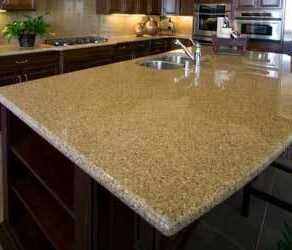
Once you are satisfied with the shine of your worktop, use a clean and dry cloth to wipe away any residue or excess polishing compound. This will help bring out the full shine of the worktop and remove any traces of the buffing process. Make sure to use a soft cloth to avoid scratching the surface.
By following these effective methods for buffing your worktop, you can restore its shine and make it look as good as new. Remember to always test any new products or techniques on a small inconspicuous area of your worktop before applying them to the entire surface.
Preventing White Marks on Worktops with Protective Coatings
While it may be inevitable for worktops to develop white marks over time, there are preventive measures you can take to minimize their occurrence. One effective method is to apply protective coatings on the worktop surface. These coatings create a barrier that shields the worktop from moisture and other substances that can cause white marks.
Types of Protective Coatings
There are various types of protective coatings that can be used on worktops. Some common options include:
- Lacquer: This type of coating provides a clear, glossy finish and is often used on wooden worktops to prevent white marks caused by spills and moisture.
- Epoxy resin: Epoxy resin coatings are highly durable and provide a strong protective layer. They are commonly used on worktops made of materials like concrete or stone.
- Polyurethane: Polyurethane coatings offer excellent resistance to scratches and stains. They are frequently applied on kitchen worktops to protect against white marks caused by hot pans or water splashes.
Application Process
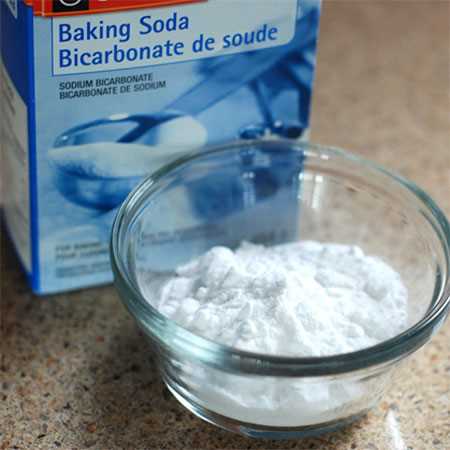
When applying protective coatings to worktops, it is crucial to follow the manufacturer’s instructions carefully. Here are some general steps to consider:
- Clean the worktop thoroughly using a mild detergent and water solution to remove any dirt, grease, or debris.
- Use a fine-grit sandpaper to smooth the worktop’s surface and create a rough texture that will help the protective coating adhere better.
- Apply the protective coating using a brush or roller, making sure to cover the entire worktop surface evenly.
- Allow the coating to dry completely before using the worktop. This drying time can vary depending on the type of coating used, so refer to the manufacturer’s instructions for accurate information.
- Repeat the coating process if necessary to achieve the desired level of protection.
Maintenance Tips
Once the protective coating is applied, it is essential to maintain it properly to ensure its effectiveness in preventing white marks. Here are some maintenance tips to follow:
- Regularly clean the worktop using a non-abrasive cleaner and a soft cloth to remove any spills or stains.
- Avoid placing hot pans directly on the worktop surface to prevent heat-related white marks.
- Use cutting boards or placemats when working with sharp objects to prevent scratches.
- Reapply the protective coating as recommended by the manufacturer or when you start noticing signs of wear and tear.
By following these preventive measures and properly maintaining the protective coating, you can significantly reduce the occurrence of white marks on your worktops and keep them looking as good as new for years to come.
FAQ
What are some effective methods to remove white marks on worktops?
There are several effective methods to remove white marks on worktops. One method is to mix equal parts of baking soda and water to form a paste, then gently rub the paste onto the white marks using a soft cloth. Another method is to create a mixture of vinegar and olive oil, and rub it onto the affected area. You can also try using a mild abrasive cleaner or a magic eraser to remove the marks.
Can I use lemon juice to remove white marks on worktops?
Yes, you can use lemon juice to remove white marks on worktops. Simply squeeze some fresh lemon juice onto the affected area and let it sit for a few minutes. Then, gently wipe away the lemon juice with a damp cloth. Lemon juice contains natural acids that can help break down the white marks and remove them effectively.
Are there any home remedies that can remove white marks on worktops?
Yes, there are several home remedies that can remove white marks on worktops. One popular method is to mix equal parts of baking soda and toothpaste, then apply the mixture to the white marks using a soft cloth. Another remedy is to create a paste using salt and vinegar, then rub it onto the affected area. Additionally, rubbing alcohol and a microfiber cloth can be used to remove the marks.
Is it possible to prevent white marks from appearing on worktops?
Yes, it is possible to prevent white marks from appearing on worktops. One way to prevent them is to use coasters or placemats under hot or cold items to prevent direct contact with the worktop surface. It’s also important to clean up spills and stains immediately to prevent them from causing white marks. Using cutting boards and trivets can also help protect the worktop from scratches and marks.
What should I do if none of the methods mentioned work?
If none of the mentioned methods work to remove white marks on worktops, it may be best to consult a professional or seek advice from a specialist. They may be able to provide specific guidance or recommend a product that is suitable for your specific worktop material. It’s important to be cautious when trying alternative methods or products, as certain materials may require specific cleaning techniques.











